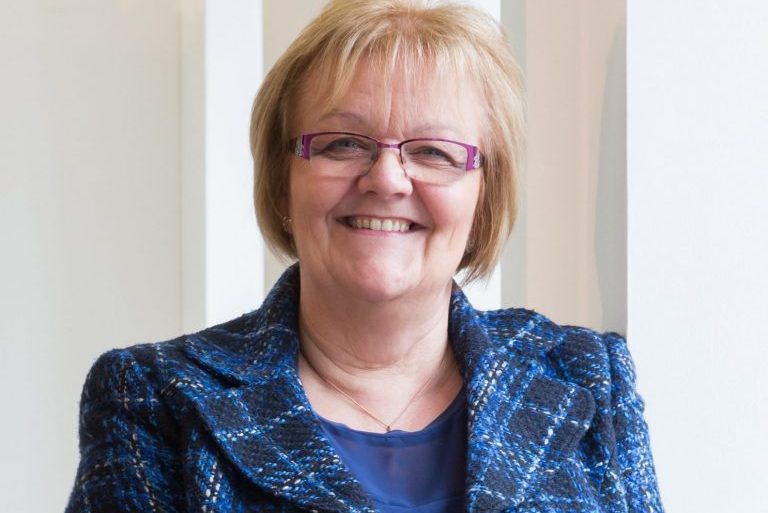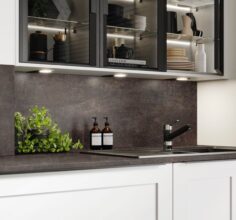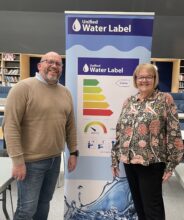UWLA MD Yvonne Orgill says proposed government targets on water efficiency are meaningless without more education and promotion of the Unified Water Label.
The government is committed to delivering the UK’s 25-Year Environment Plan and the first period of public consultation on target setting is now drawing to a close. Within this there is a target for household water use of 110 litres per person per day.
This is an ambitious target but the real issue is how many consumers understand what 110 litres of water looks like, or even know how much water they typically use in their daily shower.
Until we can educate consumers on how much water they use in the home, and give them a means to measure and make choices then these targets are meaningless and will never be met.
If we want consumers to take on board the government targets we must promote the use of the Unified Water Label so consumers can understand the impact their choices make and we can help them to become more water savvy.
For example, a typical modern shower may be using 12 litres a minute, research shows that a typical showering time is 7 minutes; giving a total of 84 litres used by just the one shower. This is about 70% of the daily target, not leaving much for all the other washing/ WC flushing that takes place on a typical day.
If the industry comes together to provide more education and the consumer understands why water matters and what they can do, they could select a product that uses less. Choosing a shower that uses 10 litres a minute and spending less time in the shower, say 5 minutes, reduces that 84 litres to 50 litres, without any loss of performance from the product or experience of the shower.
We are making progress, the Unified Water Label is currently used extensively by over 10,500 architects on new building projects and supported by a database of products across 14 categories – over 13,500 individual products at this time. Global home furnishing brand IKEA, and leading German DIY retailer Globus both promote the Unified Water Label across their sustainable bathroom and kitchen products.
If we are serious about helping government reach these targets we must all work together to focus on promoting the label and educating the consumer to ensure that we can manage the pressure on our water supplies, matching supply and demand without damaging the environment.





